45 11 point likert scale labels
rangevoting.org › RateScaleResearchRangeVoting.org - Rating Scale Research found that in some situations an 11-point scale produces more valid results than a 3-, 5-, or 7-point scale. (See also the Peryam quote above.) Their conclusion was that researchers should consider using anywhere from 5- to 11-point scales, not 5 to 9 as Cox had recommended. 10-level scale seems, overall, the best / most popular opentextbc.ca › researchmethods › chapterConstructing Survey Questionnaires – Research Methods in ... Avoid partial labels or length or overly specific labels. In some cases, the verbal labels can be supplemented with (or even replaced by) meaningful graphics. The last rating scale shown in Figure 9.2 is a visual-analog scale, on which participants make a mark somewhere along the horizontal line to indicate the magnitude of their response.
coursehelponline.comCourse Help Online - Have your academic paper written by a ... We'll send you the first draft for approval by September 11, 2018 at 10:52 AM. Total price: $ 26. free inquiry. ... Power point presentation; Articles and article ...

11 point likert scale labels
› articles › rating-scalesRating Scales in UX Research: Likert or Semantic Differential? Jun 07, 2020 · A single question is referred to as a Likert item.) The System Usability Scale (SUS) questionnaire uses a Likert-type scale, with 5 response points for each item. SUS asks respondents to select whether they agree with 10 different statements. Questions 1–3 from the SUS questionnaire are shown above. Likert scales (and the Likert-type response ... › post › Should-we-use-a-5-or-7Should we use a 5 or 7 point Likert scale? What's better and ... In current practice, most rating scales, including Likert-type scales and other attitude and opinion measures, contain either five or seven response categories (Bearden, Netmeyer, & Mobley, 1993 ... statisticsbyjim.com › analyze-likert-scale-dataHow to Analyze Likert Scale Data - Statistics By Jim I used a 5-point scale (with only two end labels 1:not descriptive and 5:descriptive – numbers 2,3, and 4 had no labels associated with them) on a within-subjects study looking at 11 watches and asking the participants (n=20) to rate how well a set of 20 personalities (adjectives) described each watch.
11 point likert scale labels. assignmentessays.comAssignment Essays - Best Custom Writing Services 11 Reasons why our Admission Essay Writing Service in the Best; 1 Promise: Highest Quality Research Paper at the Lowest Price; Response Essay Assistance: 100% Clear and Coherent; Your Preferred Online Essay Writing Service: Best Service, 0 Regrets; No. 1 Ranked Expert Writers; Academic Writing Service: Cheap, Guaranteed Quality… 100% Satisfaction statisticsbyjim.com › analyze-likert-scale-dataHow to Analyze Likert Scale Data - Statistics By Jim I used a 5-point scale (with only two end labels 1:not descriptive and 5:descriptive – numbers 2,3, and 4 had no labels associated with them) on a within-subjects study looking at 11 watches and asking the participants (n=20) to rate how well a set of 20 personalities (adjectives) described each watch. › post › Should-we-use-a-5-or-7Should we use a 5 or 7 point Likert scale? What's better and ... In current practice, most rating scales, including Likert-type scales and other attitude and opinion measures, contain either five or seven response categories (Bearden, Netmeyer, & Mobley, 1993 ... › articles › rating-scalesRating Scales in UX Research: Likert or Semantic Differential? Jun 07, 2020 · A single question is referred to as a Likert item.) The System Usability Scale (SUS) questionnaire uses a Likert-type scale, with 5 response points for each item. SUS asks respondents to select whether they agree with 10 different statements. Questions 1–3 from the SUS questionnaire are shown above. Likert scales (and the Likert-type response ...


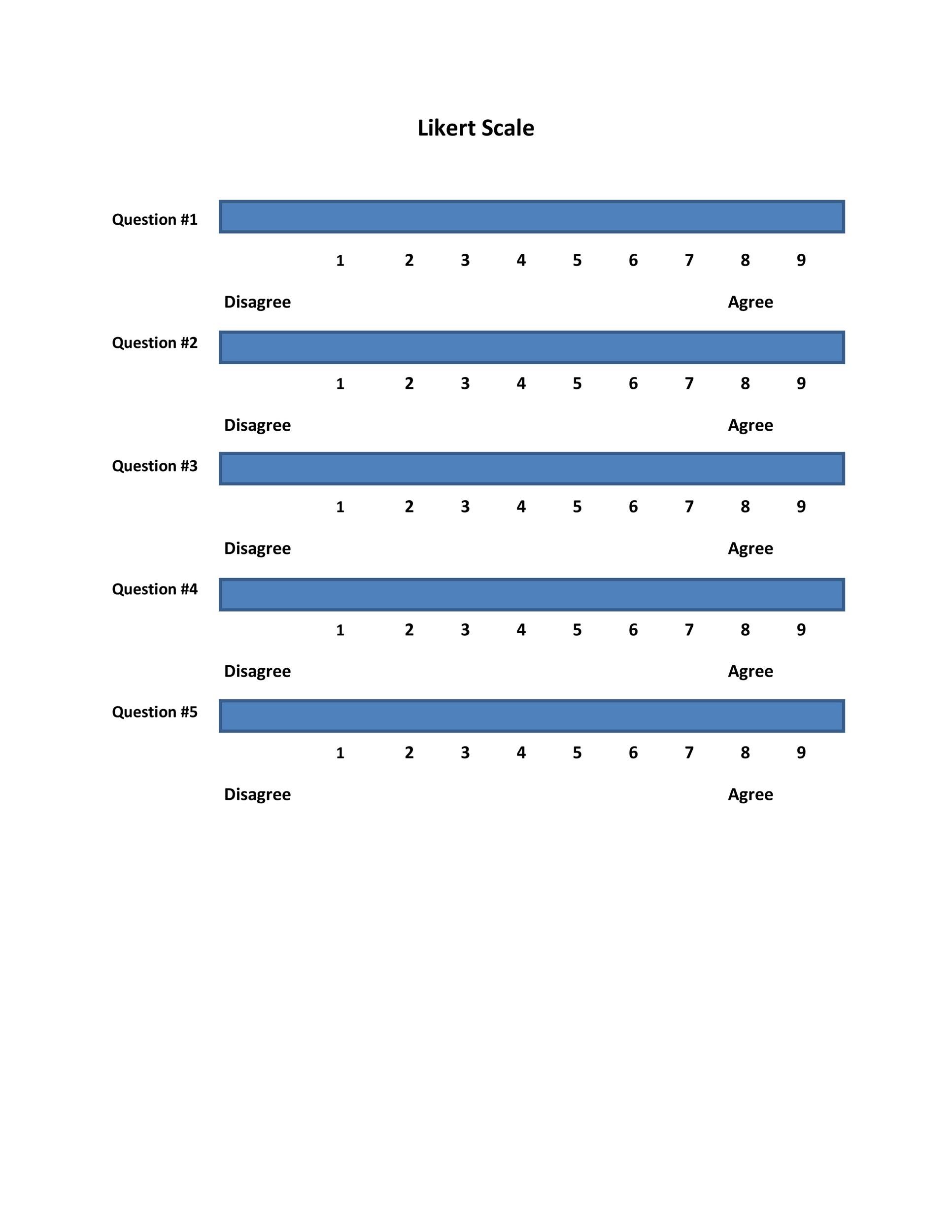
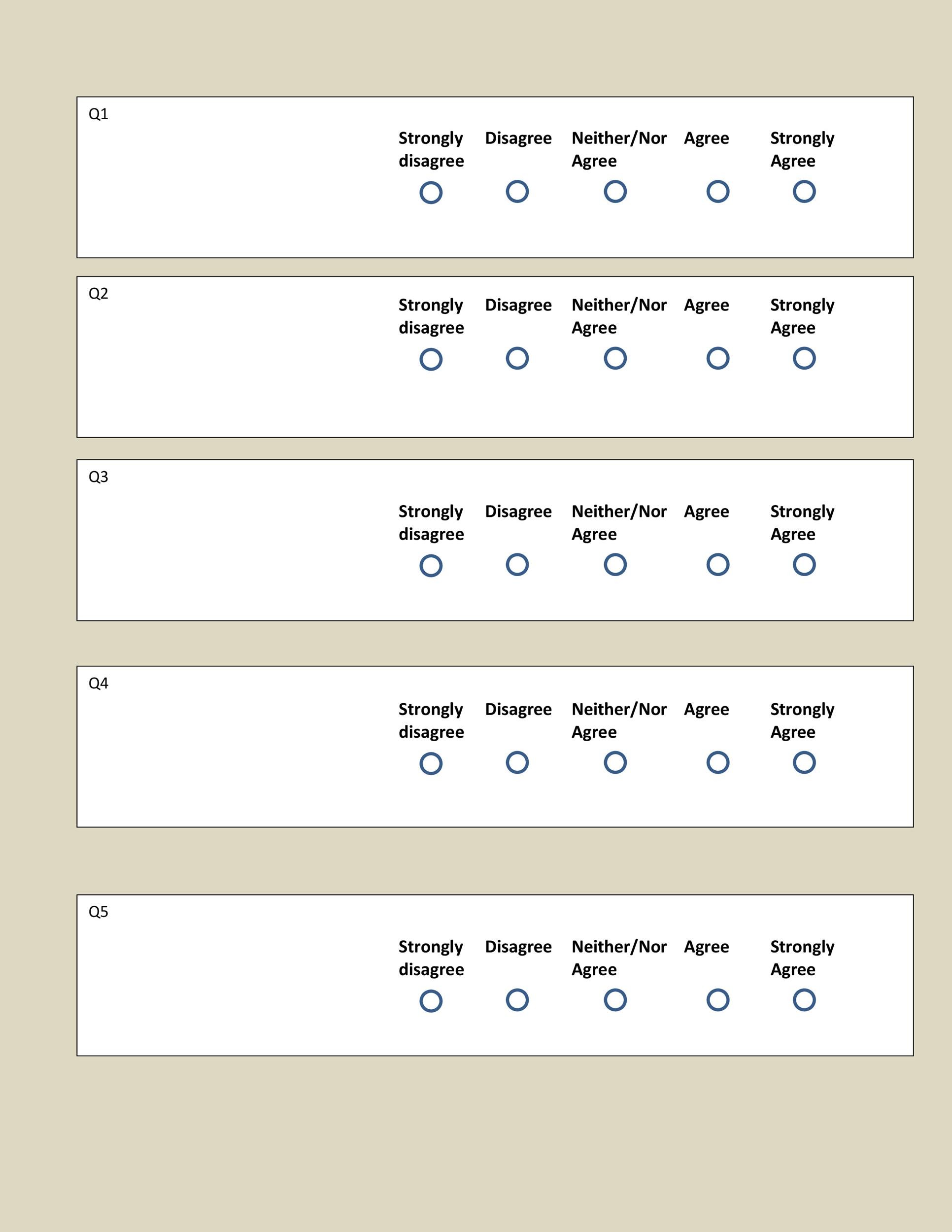



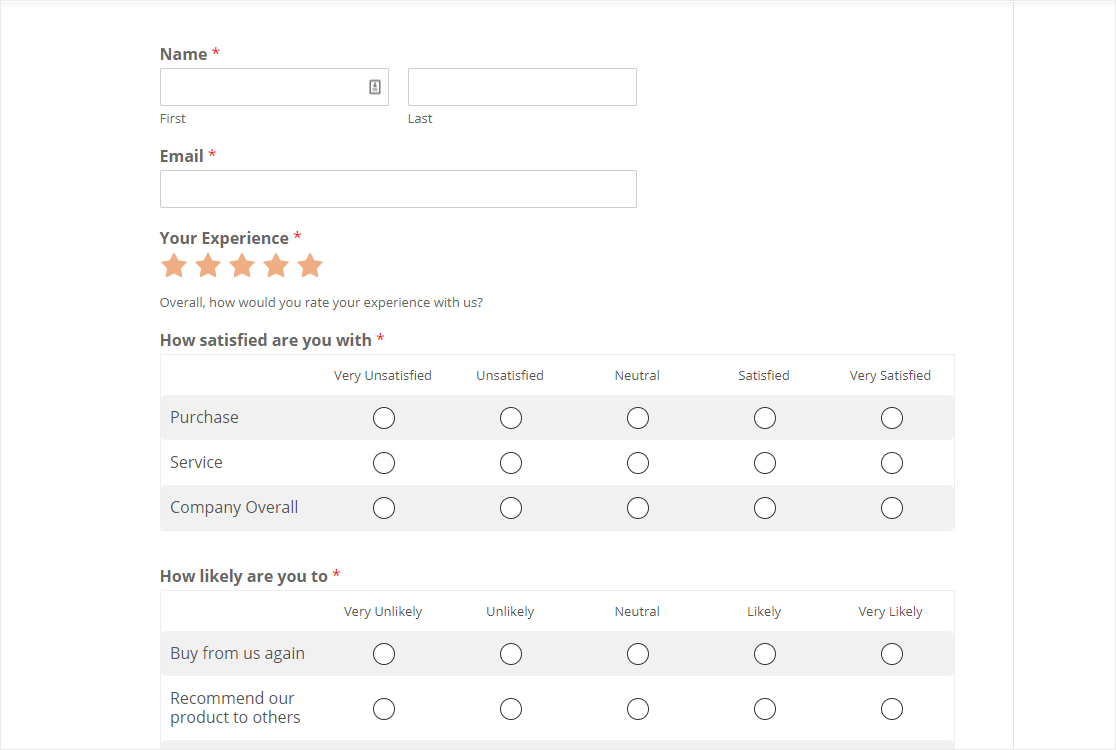

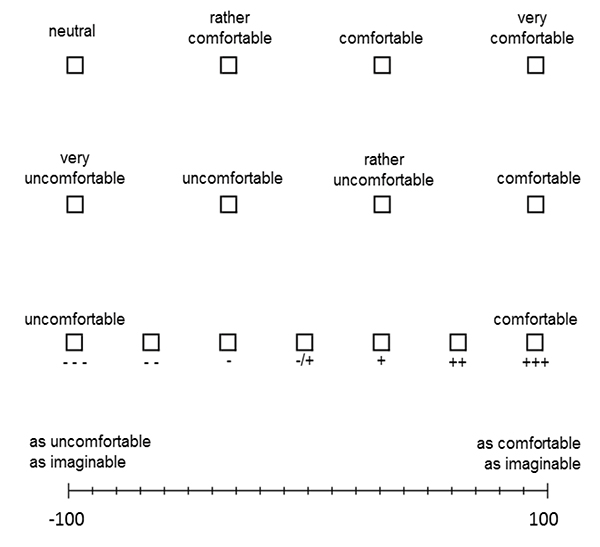
![The 4,5, and 7 Point Likert Scale + [Questionnaire Examples]](https://i0.wp.com/storage.googleapis.com/fplsblog/4-point-likert-scale-questionnaire-example-agreement.png?resize=768%2C399&ssl=1)
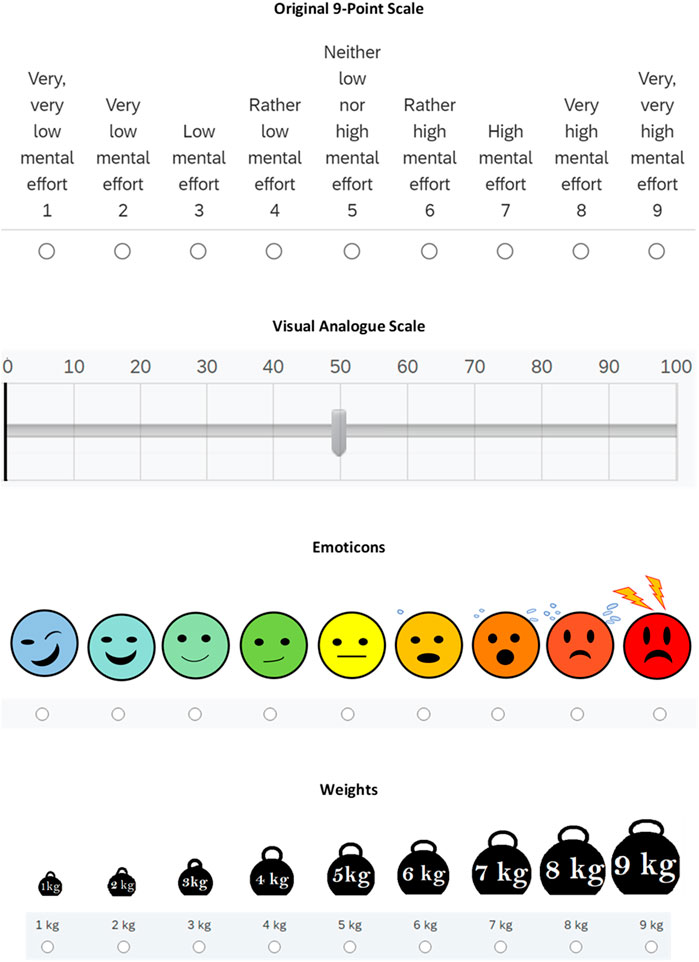


![PDF] The Mid-Point on a Rating Scale: Is it Desirable ...](https://d3i71xaburhd42.cloudfront.net/e9eb4f1725b0d3923e7e1ade8efda2aabb739c49/3-Table2-1.png)

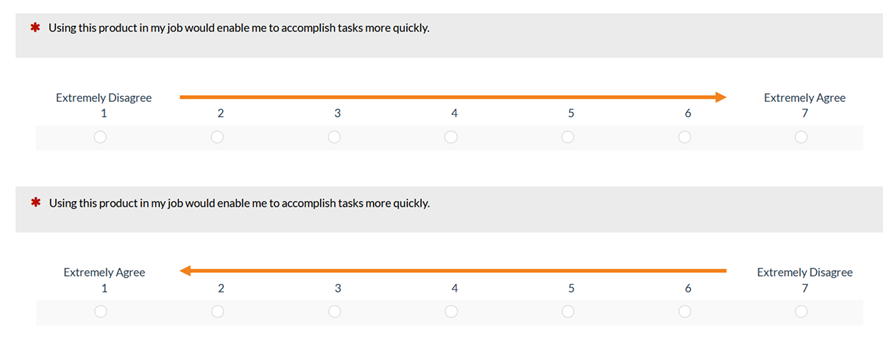
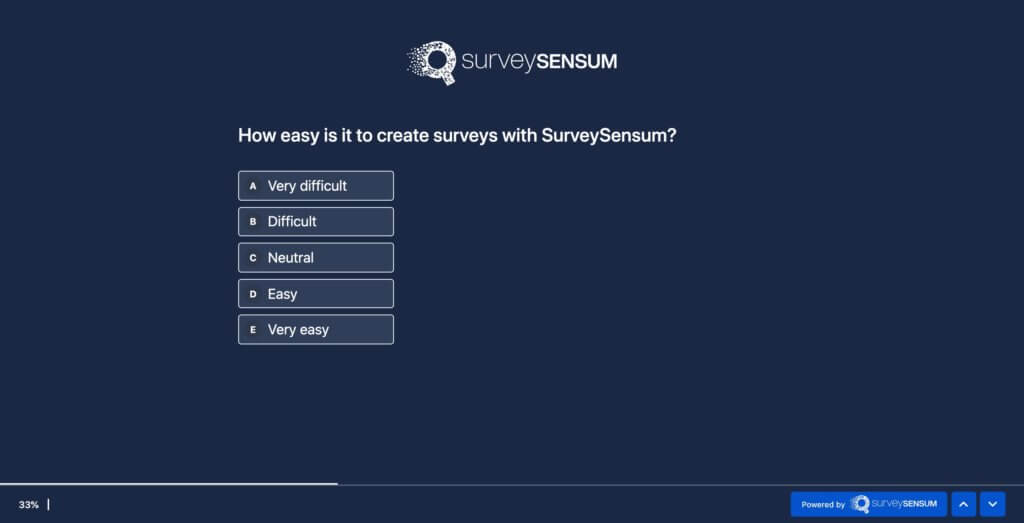
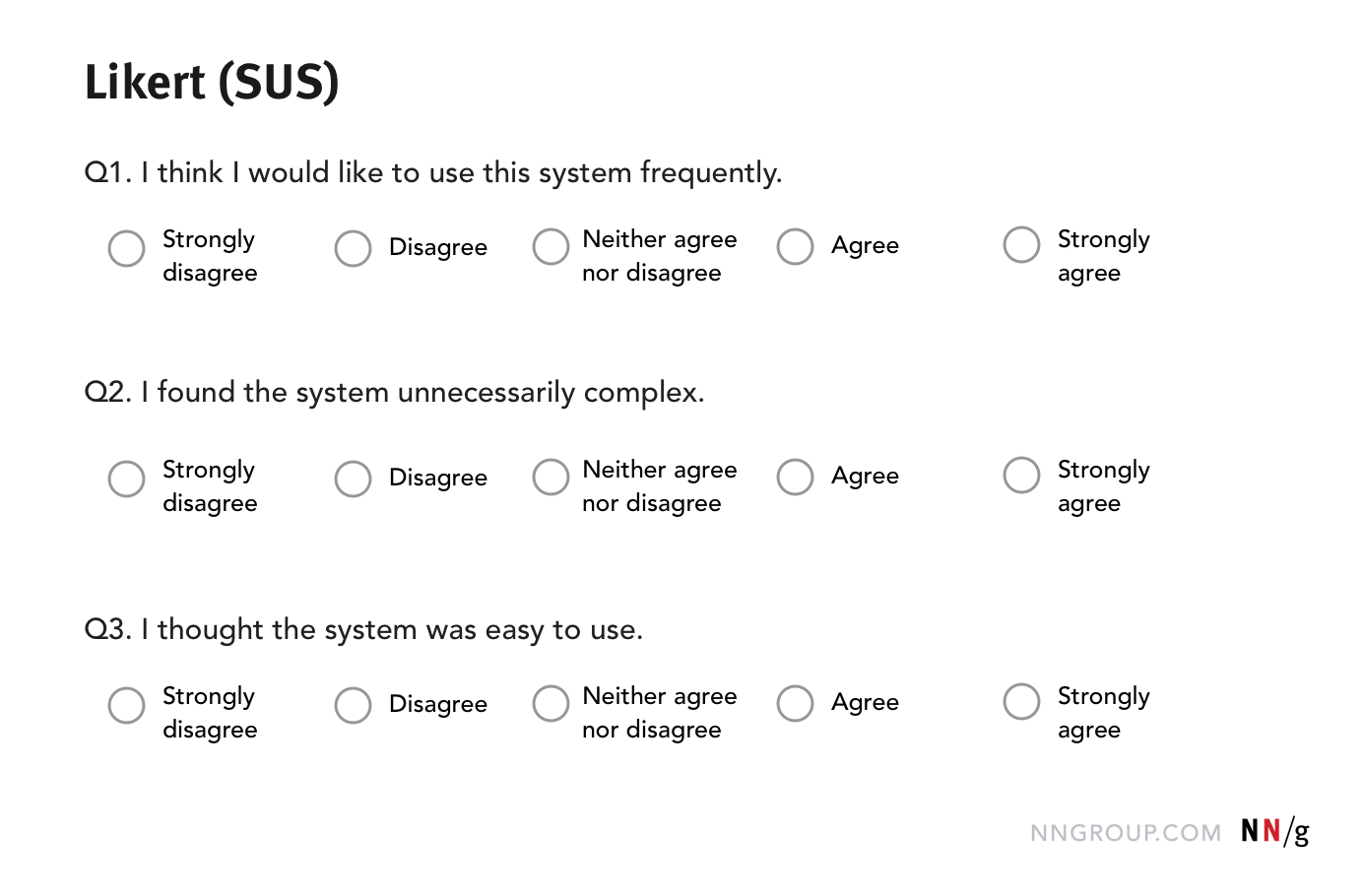

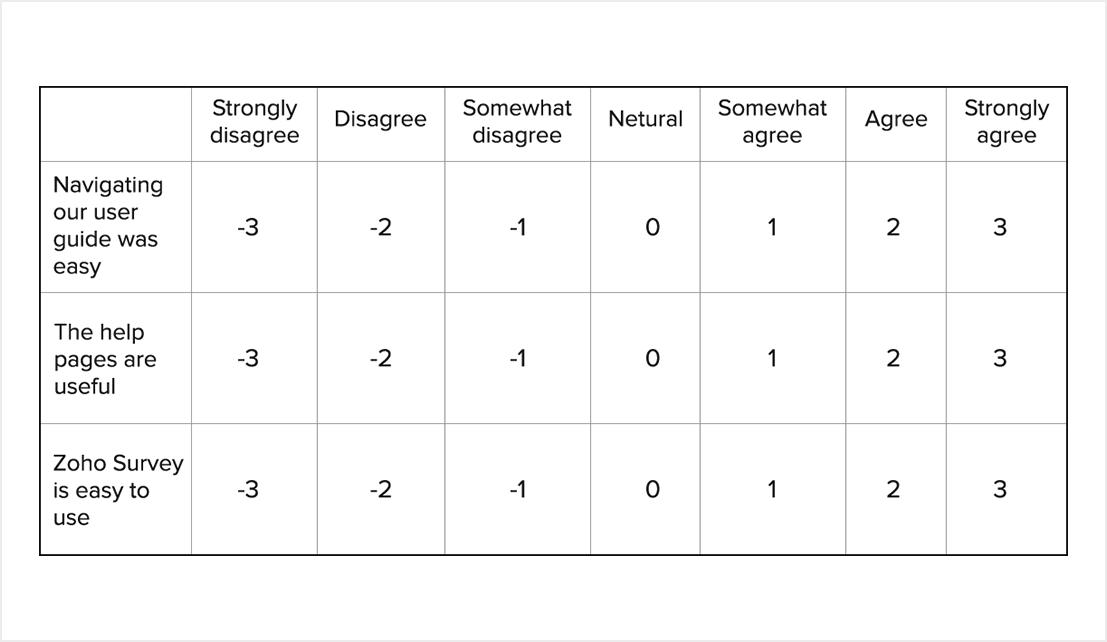


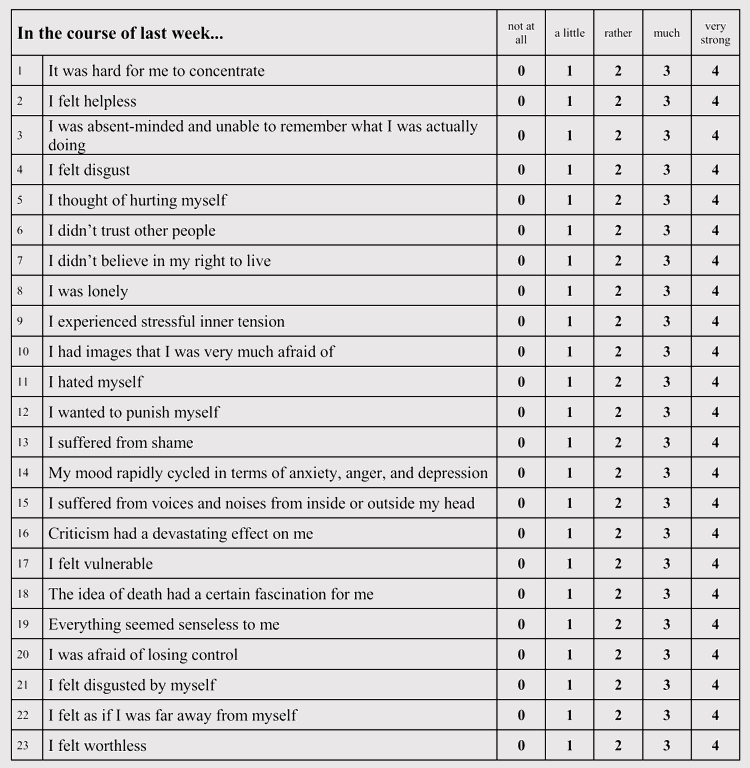

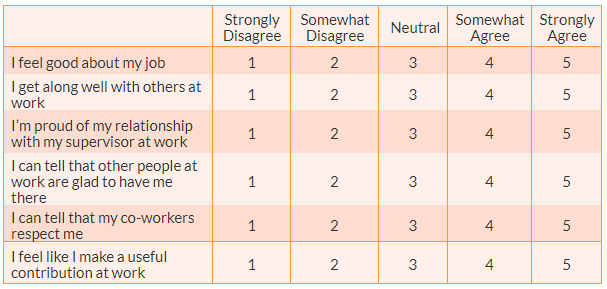
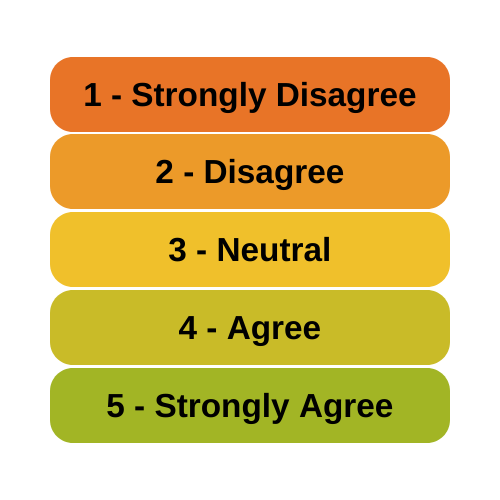
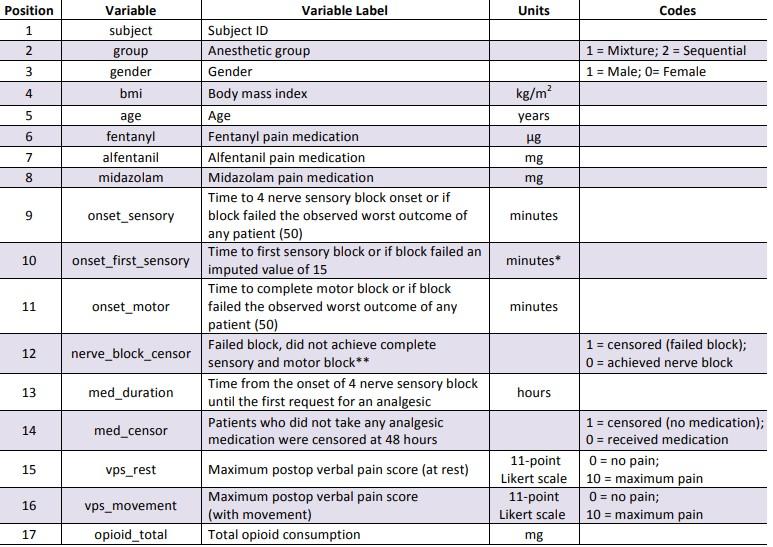


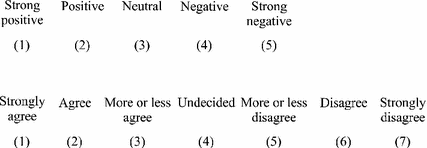



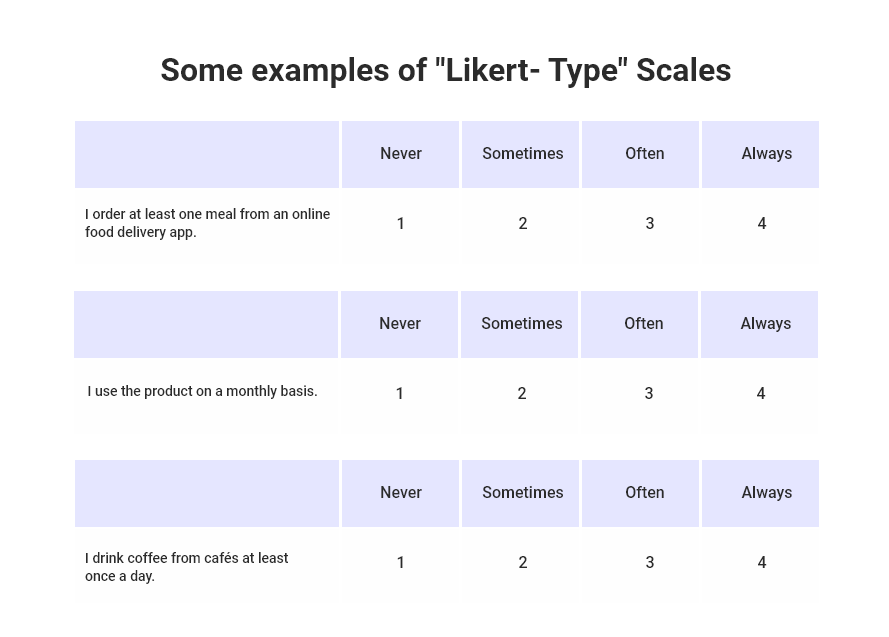





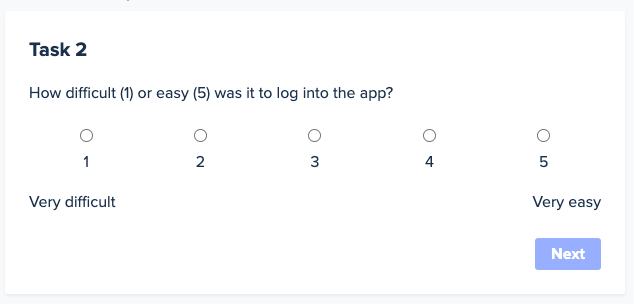
Post a Comment for "45 11 point likert scale labels"